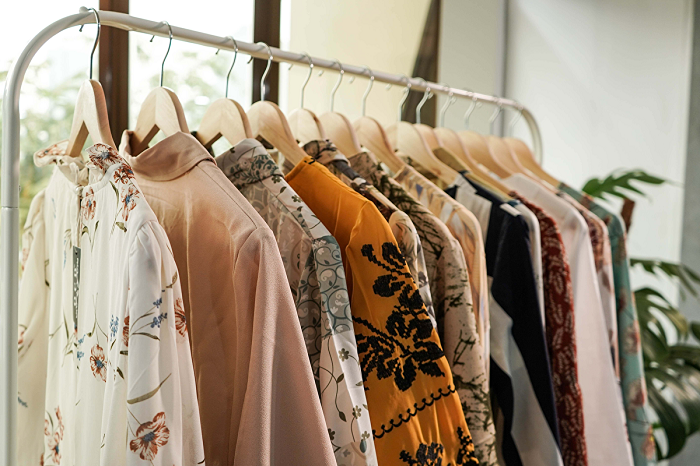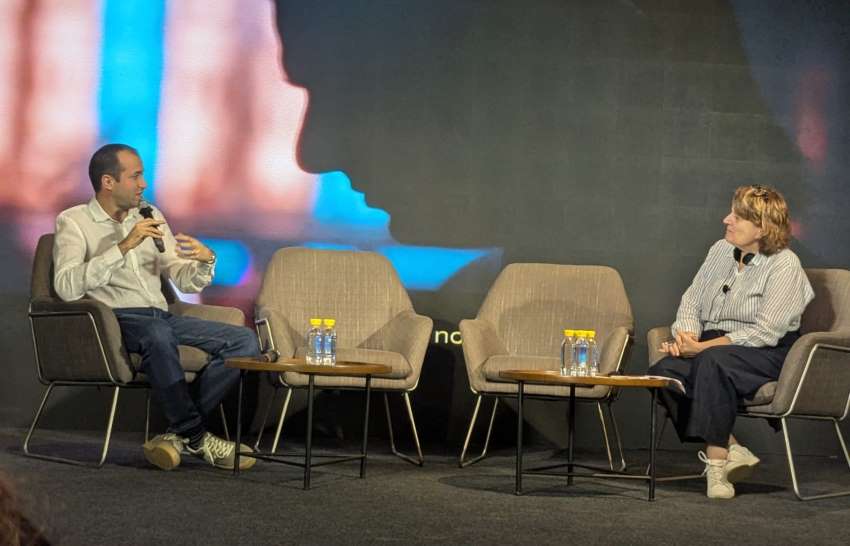
The plus size clothing market has witnessed remarkable growth in recent years, reflecting a shift in societal attitudes towards body positivity and inclusivity. With a market value of US$ 288 billion in 2023 and projected to exceed US$ 501.35 billion by 2033, the industry is on an upward trajectory, expanding at a steady 5.7 per cent CAGR. Key drivers behind this growth include the body positivity movement, evolving fashion norms, and increased consumer awareness.
Empowering body positivity
At the forefront of the surge in demand for plus size clothing is the body positivity movement. This cultural shift celebrates diversity and encourages individuals to embrace their bodies, regardless of size or shape. By advocating for inclusivity in fashion, the movement has empowered plus size individuals to demand clothing options that not only fit well but also align with their personal style preferences. As a result, designers and retailers are responding by offering trendy and attractive clothing solutions tailored to the needs of this demographic.
Fashion norms have also undergone a significant transformation, moving away from traditional standards towards more inclusive and diverse representations. Designers are increasingly recognizing the importance of catering to a broader range of body types, leading to the proliferation of stylish plus size clothing options. This shift reflects a growing acceptance of diverse beauty standards and a rejection of the one-size-fits-all approach to fashion.
Furthermore, heightened consumer awareness has played a pivotal role in driving demand within the plus size clothing market. Plus size individuals are becoming more vocal about their clothing needs, seeking garments that not only flatter their figures but also allow them to express their unique sense of style. This increased demand for attractive and well-fitting clothing has spurred innovation in the industry, with customization options and personalized shopping experiences gaining traction.
Overcoming challenges
Despite its rapid growth, the plus size clothing market still faces challenges that hinder its full potential. Discrepancies in sizing and limited retail availability remain significant barriers to accessibility for plus size consumers. However, the industry is actively addressing these challenges through initiatives such as customization options and inclusive marketing campaigns, aimed at creating a more welcoming and inclusive shopping experience for all.
Exciting developments are reshaping the landscape of the plus size clothing market, with inclusive fashion campaigns and ethical practices gaining momentum. Brands are increasingly embracing diversity in their marketing efforts, featuring models of all body types to promote a more inclusive image of fashion. Moreover, sustainability and ethical standards are becoming increasingly important to consumers, leading to the adoption of eco-friendly materials and fair labor practices within the industry.
Another notable trend is the growing popularity of plus size activewear, driven by the demand for inclusive fitness wear that combines style and functionality. Designers are creating trendy and supportive workout clothing for women of all sizes, catering to the diverse needs of consumers. This trend underscores the industry's commitment to inclusivity and reflects the growing importance of health and wellness in contemporary lifestyles.
Key market insights
In terms of geographical distribution, the United States leads the global plus size clothing market, accounting for 40 per cent of total sales in 2023. The United Kingdom follows closely behind, with a projected market share of around 14 per cent in the same year. Additionally, China, Japan, and South Korea are emerging as significant players in the market, with each country contributing to the industry's growth in its unique way.
Within the plus size clothing market, casual wear dominates, with a projected CAGR of 4.8 per cent until 2033. Moreover, the mid-priced segment is expected to maintain its dominance over the forecast period, catering to the diverse needs and preferences of plus size consumers.
Competitive landscape
Established fashion brands have recognized the potential of the plus size market and expanded their product offerings to include inclusive options. Leveraging their reputation and design expertise, these brands cater to the evolving preferences of plus size consumers, investing in market research to stay ahead of the curve.
Dedicated plus size brands focus exclusively on meeting the needs of plus size consumers, offering a wide range of well-fitting and stylish clothing options. By specializing in this segment, these brands provide personalized shopping experiences and cater to the unique challenges faced by plus size individuals.
The rise of e-commerce has opened up new opportunities for plus size clothing, with online retailers offering inclusive and convenient shopping experiences. Boutique and independent brands also play a significant role, providing consumers with unique designs and personalized touches that set them apart from mainstream fashion.
Influencers and body-positive advocates have become influential figures in the plus size clothing industry, launching their own clothing lines and collaborating with established brands. These collaborations promote inclusivity and diversity, helping to reshape societal perceptions of beauty and fashion.
The plus size clothing market is experiencing unprecedented growth, driven by changing attitudes towards body positivity and inclusivity. With evolving fashion norms and increased consumer awareness, the industry is poised for continued expansion in the coming years. By embracing diversity, sustainability, and innovation, stakeholders can capitalize on this growing market opportunity and create a more inclusive and equitable fashion landscape for all.












